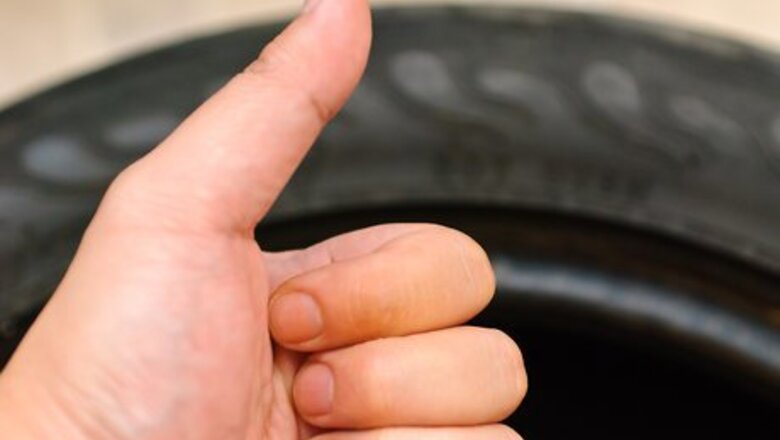
views
Getting new tires
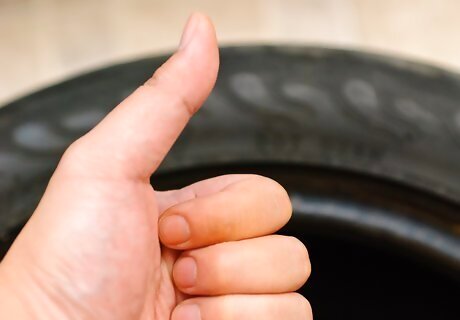
Purchase good quality tires. Not only should they be purchased from a reliable brand, but they should be the right tires for your vehicle type and the season. Check the vehicle user's manual for advice, and discuss your options with the retailer before purchasing.
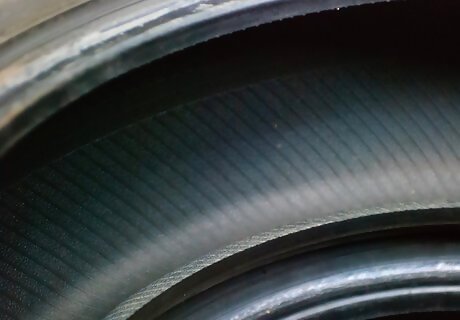
Inspect the new tires before agreeing to buy them. They should be free of imperfections, such as nicks, cuts or holes. If you see anything that you're not sure about, ask first. If purchasing used or reconditioned tires, check even more thoroughly, especially for puncture signs. After purchase, do a regular check for cuts, holes, embedded stones, etc., at least every few days. The earlier you spot a problem, the easier it will be to fix the affected tire and keep it in good condition.
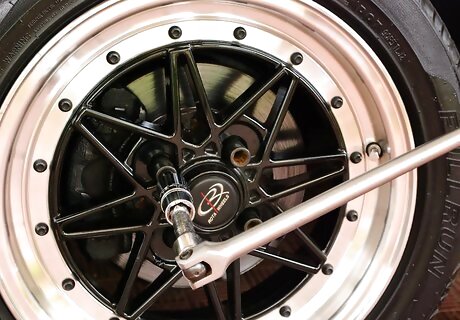
Try to replace all four tires at once. This may be costly but it is safer, as all the tires will have the same amount of tread and there will be less chance of uneven wear caused by leaving on existing tires. If you do choose to only replace two tires, is recommended that you place the new tires on the rear axle. This is because the new grip will give you better control in difficult driving conditions, as the rear wheels are not connected to the steering wheel. However, this may depend on your vehicle's requirements, so always check the user's manual for advice.
Maintaining tires
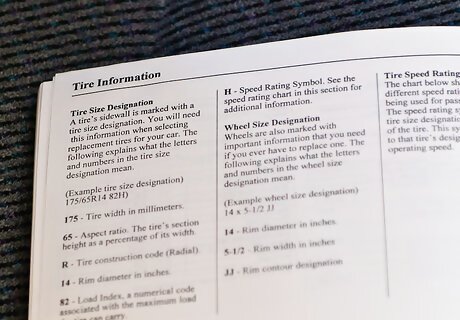
Read the instructions related to tires in the vehicle user's manual. In addition, read the tire manufacturer's requirements. That way you will be aware of any unique requirements that are relevant to either your car or the tires you've purchased.
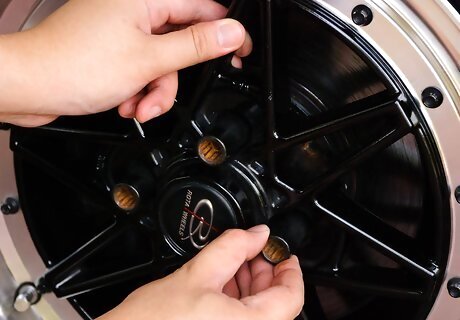
Ensure that the tire balance has been checked upon fitting the tires after purchase. Balancing is an important way to prevent early demise of your tires; get the tires balanced each time that you purchase new ones; they should balance properly on the wheel mounts. If a tire is unbalanced, it will cause uneven wear on the tire tread. It can also cause the car to vibrate and front end parts of the car may also wear out faster.
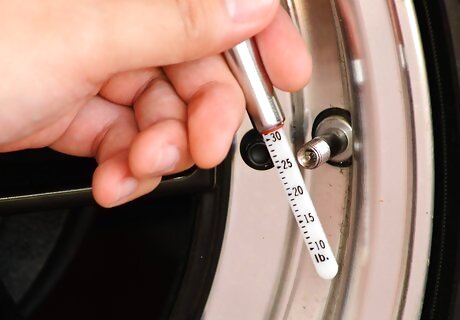
Inspect the tire pressure regularly. Do a monthly tire check when the tires are cold (at least three hours since driving). Check the tire pressure to see if it is at the point recommended by the vehicle user's manual. Tires that are under- or over-inflated will wear faster and won't perform as they should to maintain grip and keep you safe on the road. By maintaining the right pressure in your car's tires, you can help them to last longer. Use a tire gauge to check the tires. These are available from auto supplies stores and hardware stores. The recommended tire pressure for your vehicle can usually be found in the vehicle user's handbook, on the car manufacturer's website, on a label inside the door or inside the gas tank flap. The inflation level shown on the tire refers to its maximum level of inflation, not the recommended tire pressure; don't confuse the two!
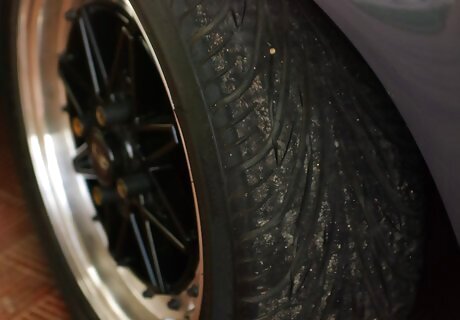
Inspect the wear of the tire tread regularly. At the same time that you do a monthly tire check, also check the tread for wear. Tread is related directly to grip and traction, so the more worn the tread is, the less grip it has. Worn tread on new tires is an indicator of a problem, and you should have the car checked by a mechanic to see what the problem might be and have it fixed quickly.
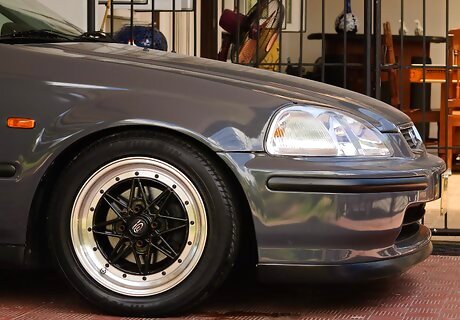
Check the wheel alignment yearly. It should also be checked as quickly as possible after hitting the wheels on something. For example, if you bang the wheels into a curb or into a pothole, etc., they may go out of alignment. If this misalignment is not corrected, the tires will wear faster and this may compromise your steering and safety. Wheel alignment checking should also occur after noticing irregular tread wear.
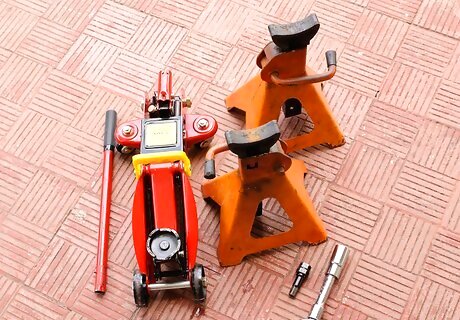
Rotate the tires as advised in the vehicle user's manual. Rotation of the tires at the intervals advised by the manual can help preserve them for longer.
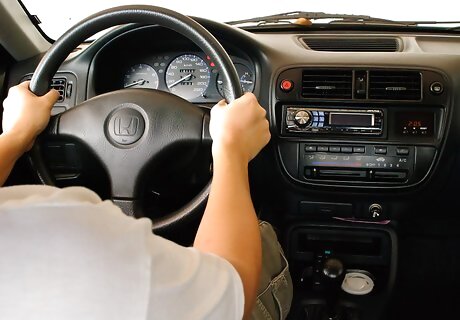
Drive with a view to maintaining sensible speeds and avoiding actions that might harm the tires. Do not regularly screech to a halt, storm off from the traffic lights or speed over the mandated limit. All of these actions cause additional wear and tear on your tires and reduce the longevity of your tires (not to mention wasting fuel).



















Comments
0 comment